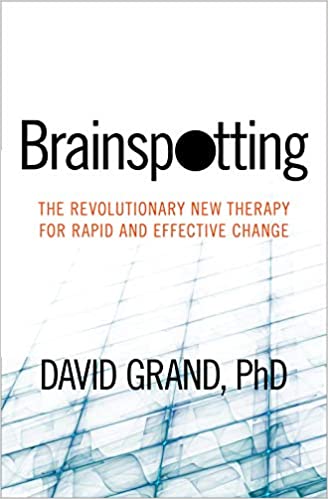Brainspotting is a revolutionary brain-body based therapy that is highly effective in treatment of trauma, PTSD and mood disorders.
To effectively work through your trauma, you first must identify it. This protocol can help you tap into sources of trauma, so you can begin working to overcome specific sources of negative emotions and emotional pain. Brainspotting allows us to gain deep access to emotionally charged issues stored in the nervous system and the body. Brainspotting engages our field of vision and our body to identify, process and release emotional triggers, dysregulation, somatic pain or injuries, stress-related symptoms of anxiety or depression.

What is Brainspotting?
David Grand, Ph.D. developed brainspotting in 2003. Brainspotting is a treatment that works by identifying, processing, and releasing core neurophysiological sources of a variety of emotional and physical challenges at a deep brain level. Simply put, brainspotting suggests that the direction in which people look and the positioning of their eyes can affect how they feel.
During brainspotting, therapists help people position their eyes in ways that enable them to get in touch with sources of negative emotion. Therapists trained in brainspotting strategically guide the eyes of people in therapy across their field of vision to find certain “brainspots” where an eye position engages a traumatic memory or painful emotion. Brainspotting allows therapists to access emotions on a deeper level and target the physical effects of trauma.
Brainspotting RESOURCES:
Videos

An Introduction to Brainspotting from founder, David Grand

What is a Brainspot? Who Does Brainspotting Work With?

BSP Hypothesis Video
Research and Articles
Books to reference

